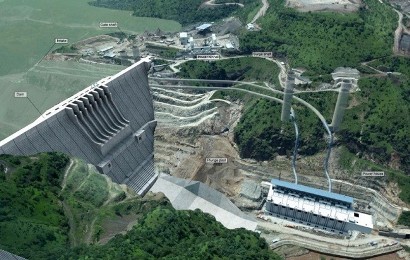Egypt, Ethiopia and Sudan meet in Addis Ababa on controversial dam
May 4, 2018 (KHARTOUM) – Egypt, Ethiopia, and Sudan will hold a new round of talks on the Renaissance Dam on Saturday in Addis Ababa at the level of irrigation ministers, amid unconfirmed reports about the participation of French consulting firms n the meeting.

Sudanese Ministry of Water Resources, Irrigation and Electricity Friday said a new round of talks on the Ethiopian dam will begin in Addis Ababa on Saturday.
The press release further said the talks will be at the level of ministers of water resources and the tripartite technical committee, adding that the two French firms would take part in the meeting.
“The consultants are expected to participate in the meeting,” said the ministry.
In September 2016, French engineering consultancy Artelia and BRL groups have been selected to undertake the dam impact studies. The U.K.-based law firm Corbett & Co was selected to manage the legal affairs of the tripartite committee.
The consultancy office will study the environmental and ecological, social and economic consequences of the dam.
The multi-billion dollar dam is being constructed on the Blue Nile, about 20 kilometres from the Sudanese border, and has a capacity of 74 billion cubic meters, and is expected to generate electrical power of up to 6,000 megawatts.
Egypt is concerned that the dam could reduce its quota of 55.5 billion cubic meters of the Nile water, while the Ethiopian side maintains that the dam is primarily built to produce electricity and will not harm Sudan and Egypt.
(ST)
